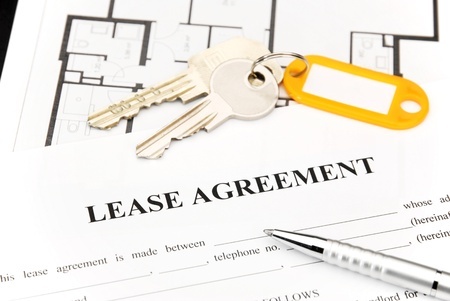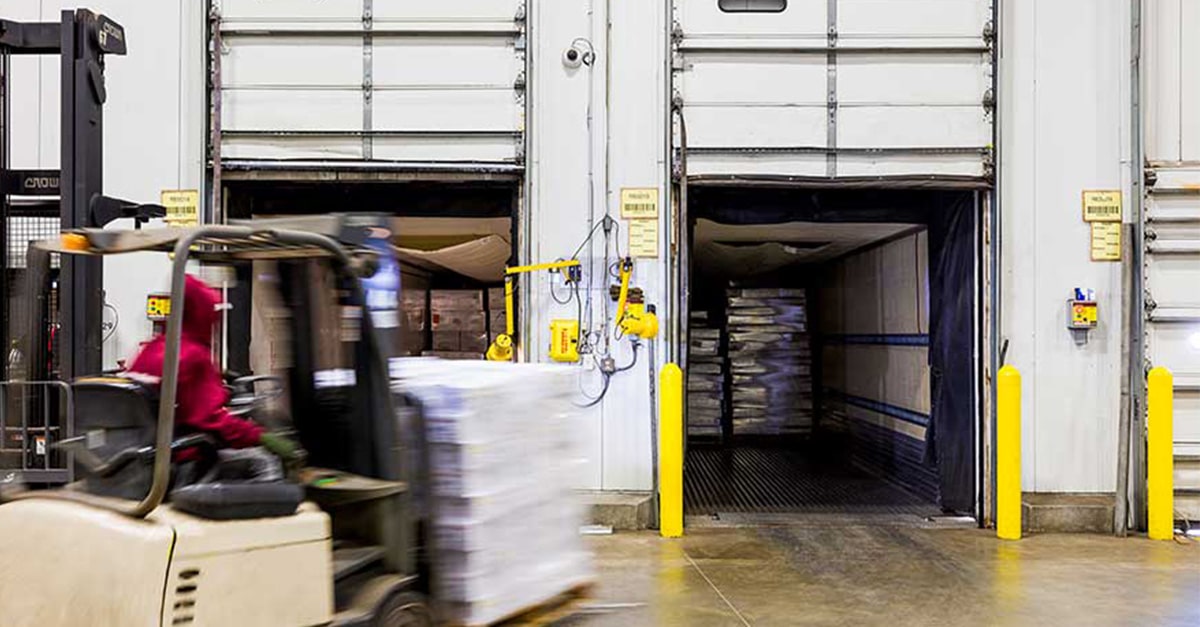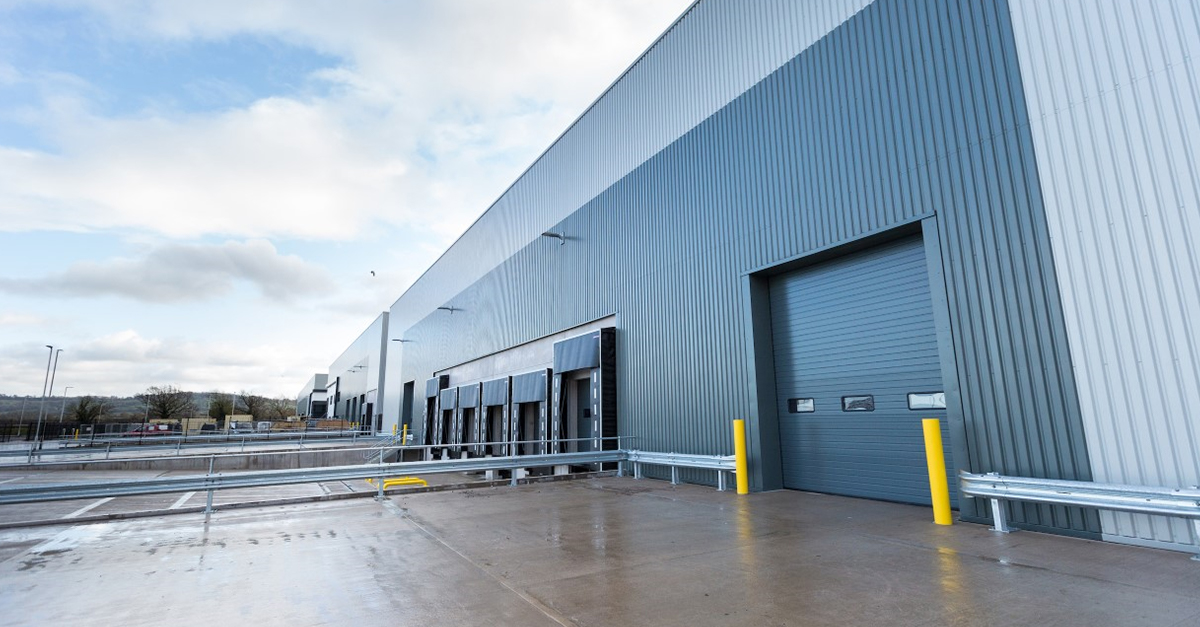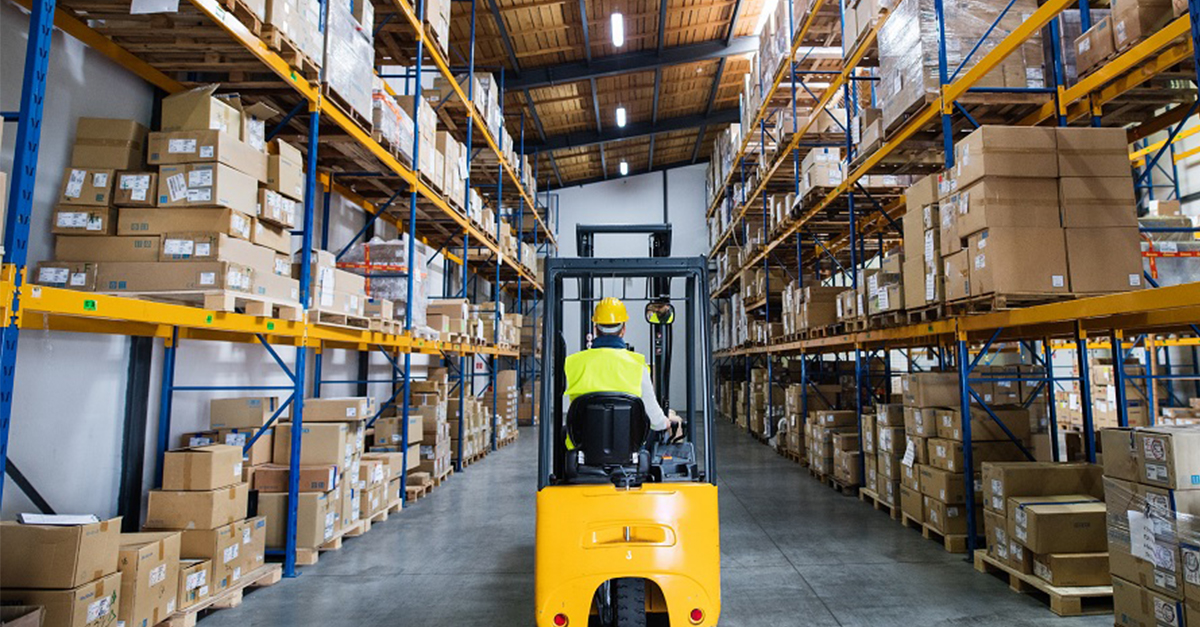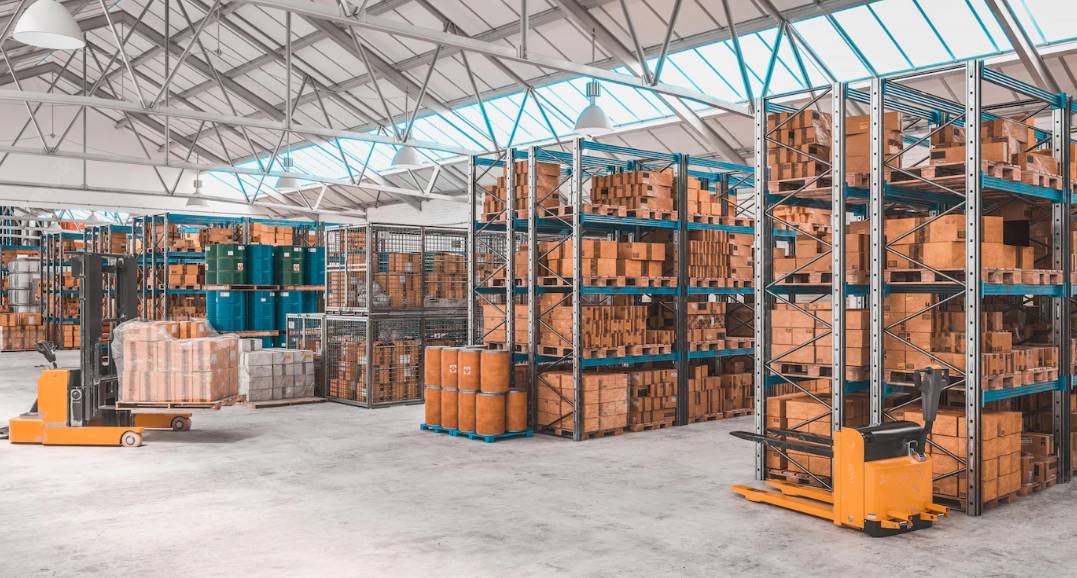Despite the pandemic’s impact on the overall economy, interest in the industrial land/industrial real estate sector is rising. The industrial zone’s land leasing costs continue to increase and have been in the spotlight in the current business environment.
Furthermore, there is a scarcity of inventory in other markets such as commercial homes, office space, and retail. One explanation for this is that cash-strapped businesses are seeking funds to ensure their survival.
Therefore, an increased interest in the sale-leaseback agreement is to be expected due to its potential to improve cash flow and play a critical role in strategic growth.
This article will define what is a sale-leaseback agreement and sale-leaseback example, discuss the benefits to all parties involved and vital concerns for those contemplating such a transaction.
What is a sale-leaseback?
A sale-leaseback, also known as a sale-and-leaseback or simply a leaseback, is a financial transaction in which an asset owner sells it and then rents it back from the new owner.
A leaseback in real estate allows a property’s owner-occupant to sell it to an investor-landlord while continuing to occupy the property. The seller is now a lessee of the property, while the buyer is the lessor.
For example, a company can sell their factory to an investor without interrupting its manufacturing operations. The company sells their factory to the investor, who now becomes the owner/landlord/lessor, while the seller becomes the tenant. The seller/tenant/lessee no longer owns the property, but they lease it straight back from the new owner/landlord.
The seller ensures their production goes on uninterrupted and raises a large sum of capital (unusually higher than when they purchased the property). The investors benefit from having an operating asset that earns immediate revenue in the form of monthly rental payments, providing an attractive investment IRR.
Sale-leasebacks are effectively two transactions in one: the first transaction is the sale or purchase of the asset. Once both parties sign a Sale-Purchase Agreement (SPA) to close the purchase, they must then also sign a Lease Contract.
The SPA and Lease Contract are tightly connected, as the selling price stated in the SPA must enable the investor to achieve an attractive yield against the monthly rental rates outlined in the Lease Contract.
As a basic sale-leaseback example, if an investor buys a 30,000 m2 warehouse at US$18 million and leases it back to the previous owner/tenant at US$4.5/m2/month, a net initial yield (NIY) of 9% is attainable in the first year. Note that this is a rental yield. To estimate the actual Internal Rate of Return (IRR) of their investment, the investor would need to conduct a Discounted Cash Flow (DCF). The IRR yield would be lower than the rental yield as it must take other costs into consideration such as maintenance and operating costs of the asset.
What is a sale-leaseback agreement?
A sale-leaseback agreement is a contract in which the property owner sells it to a buyer but retains ownership for a fixed time while paying rent to the buyer, thereby converting the seller into a tenant and the buyer into the landlord.
Leaseback deals are usually short-term in nature and intend to give the purchaser more time to vacate the property without delaying the escrow closure.
A sale-leaseback example would be best presented in the industrial real estate industry, where there’s plenty of assets with low liquidity, as the leaseback approach allows businesses to raise more funds than conventional finance approaches.
Why use leasebacks?
Businesses use leasebacks when they require the cash they invested in an asset for other reasons.
Sale-leasebacks can be attractive as a source of raising funds. When a company needs additional capital, it usually takes out a loan or engages in equity funding. Sale-leaseback examples for those whom may acquire a mentioned transaction would be institutional investors, developers, private funds, overseas investors, etc.
A loan must be repaid and appears as a liability on the balance sheet of the company. A leaseback deal will potentially aid in the balance sheet health of a business: The liabilities on the balance sheet will decrease, while current assets will increase.
When should a company consider a sale-leaseback?
A firm should only accept a sale-leaseback agreement if it owns the real estate on which it conducts its primary business. In general, a company should consider an SLB when its core business profit margins surpass the returns provided by real estate.
The transaction’s primary advantage is financial, as it enables the operating company to use the cash generated by the real estate to fund their core business operations. They will use the net selling proceeds to support growth, debt repayment, cash distributions, or other activities.
Given the context that the economy of the world in general and in Vietnam is facing many difficulties due to the epidemic’s impact, especially the prolonged travel restrictions, the operation of the public real estate sector is complex. Industry in Vietnam tends to expand or move production locations.
Some sale-leaseback examples of businesses that utilize them:
Businesses in a wide variety of sectors conduct sale-leasebacks. Their real estate portfolio includes residential, commercial, corporate, medical office, industrial and specialist properties. Leaseback sales have occurred in the following sectors: office, medical facility, distribution and warehouses, industrial land, equipment among many others.
Determining how a sale-leaseback agreement is great for your business:
– Benefits to the seller
- Liberate wealth encumbered by real estate.
- Produce cash receipts equal to up to 100% of the appraised value.
- The imminent availability of capital enables the business to increase operations, reduce leverage, acquire stock, or make a cash distribution.
- Allows the seller to make the most use of the money – by concentrating on their primary sector, not real estate.
- Financial benefits – in most cases, the mortgage may be written off for tax purposes.
- Ensure their operations (manufacturing or otherwise) go on uninterrupted during and after the sale.
However, after selling the property, the seller relinquishes ownership of it. They can encounter difficulties in vacating the house. They will be forced to move if the owner is unable to renew the lease.
– Benefits to the buyer
- Acquire an operating asset with built-in tenancy, meaning fewer costs on marketing and leasing activities to source occupier.
- Produce a rate of return that is higher than the interest rate paid on traditional financing.
- Cash flows that are predictable and reasonably stable.
- Quite modest fixed costs due to the long-term and triple-net rentals.
- Can invest substantial amounts of money in portfolio transactions involving a large number of properties.
The most significant risk and a possible stumbling block for purchasers is the risk of tenant default. If the occupant fails to pay rent, it will be complex to re-lease the building at the rental cost.
This is especially difficult when the commodity is highly specialized or situated in a secondary or tertiary sector.
Conclusion
A sale-leaseback agreement will favour both sides if the correct precautions are taken upfront. If you are the buyer or seller, you must closely read the lease to ensure that nothing has been omitted or misstated.
Ascertain that it specifies who is responsible for maintenance, how much rent will charge, and the length of the contract term.
Thus, amidst all these opportunities/challenges, if you’re looking to lock in an interest rate on a mortgage, purchase property for income purposes, a selling leaseback deal, with the expertise consultation from Savills Industrial might be just what you need.



